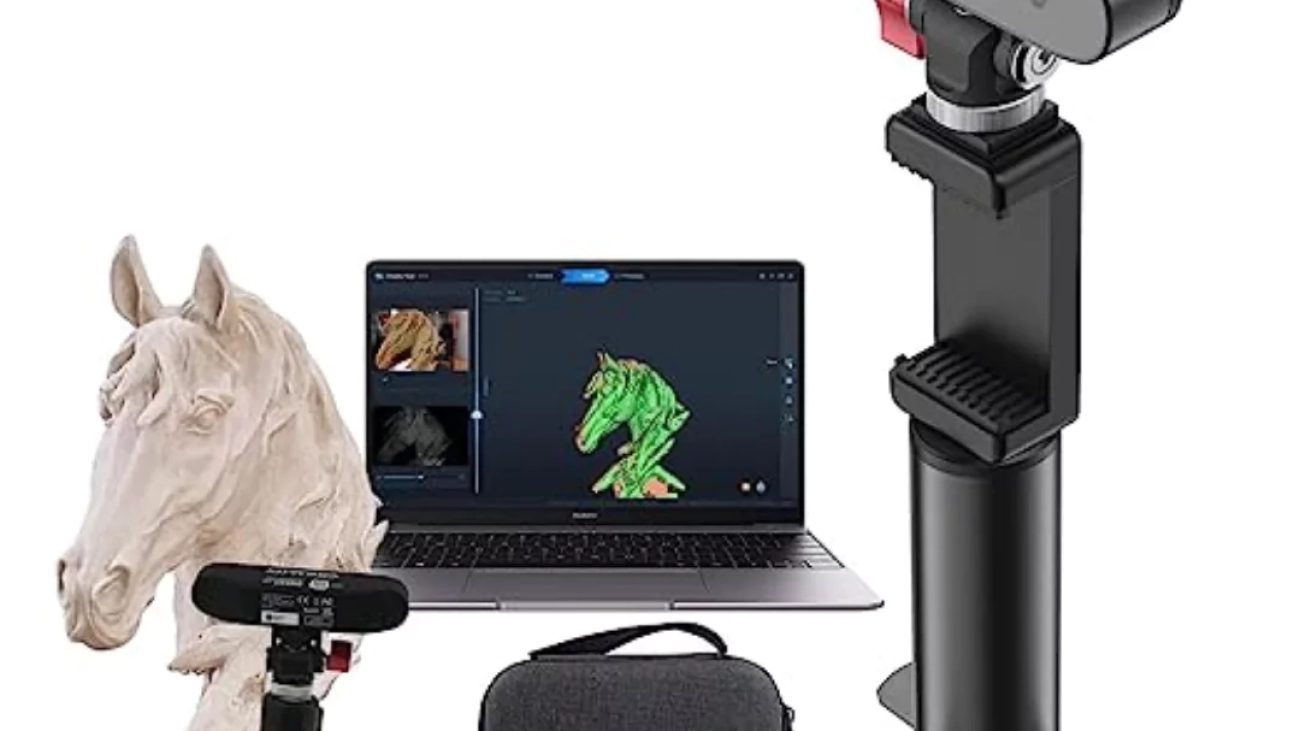Cr Scan Ferret, Caring for a ferret involves various aspects of health monitoring and medical care. One critical aspect of ferret health management is diagnostic imaging, particularly CT scans (computed tomography) or CR scans (computed radiography). In this article, we delve into the significance of CR scans for ferrets, their procedure, and why they are essential for ferret health.
Understanding CR Scans
CR (Computed Radiography) is a type of digital imaging that uses a cassette-based system to produce X-ray images. It’s commonly used in veterinary medicine for various animals, including ferrets. CR scans provide detailed images of a ferret’s internal structures, such as bones, organs, and soft tissues. These images are invaluable in diagnosing a wide range of conditions, from fractures and tumors to organ abnormalities.
Importance of CR Scans for Ferrets
- Accurate Diagnosis: CR scans offer detailed and accurate images, enabling veterinarians to diagnose conditions that may not be visible through physical exams alone. This is particularly crucial for ferrets, as they are prone to certain health issues like adrenal disease and gastrointestinal problems.
- Preventive Care: Regular CR scans can help detect potential health issues early, allowing for timely intervention and preventive care. For example, detecting tumors or organ abnormalities early can improve treatment outcomes and quality of life for ferrets.
- Treatment Planning: CR scans play a vital role in treatment planning for ferrets with complex medical conditions. They provide essential information for surgical procedures, radiation therapy, and medication management.
- Monitoring Progress: After treatment or surgery, CR scans are used to monitor a ferret’s progress and ensure that the treatment is effective. They help veterinarians assess healing, detect any complications, and adjust treatment plans accordingly.
The CR Scan Process for Ferrets
The process of getting a CR scan for a ferret is similar to that for other animals. Here’s an overview of what typically happens:
- Consultation: The process begins with a consultation with a veterinarian. Based on the ferret’s symptoms or health concerns, the veterinarian may recommend a CR scan.
- Preparation: Before the scan, the ferret may need to fast for a few hours, especially if sedation or anesthesia is required. This ensures clear imaging and reduces the risk of complications.
- Scan Procedure: During the scan, the ferret is placed on a table, and the CR machine captures X-ray images. The process is quick and painless for the ferret, although sedation may be necessary to keep them still during the procedure.
- Image Analysis: Once the images are captured, they are analyzed by the veterinarian or a radiologist. The detailed images help in making an accurate diagnosis and developing a treatment plan.
- Follow-Up: Depending on the findings, the veterinarian may recommend further tests, treatment, or follow-up appointments to monitor the ferret’s health.
Conclusion
CR scans are a valuable diagnostic tool in ferret healthcare, offering detailed imaging for accurate diagnosis and treatment planning. Ferret owners should work closely with their veterinarians to ensure their pets receive timely and appropriate medical care, including diagnostic imaging when needed. Regular check-ups and screenings, including CR scans as recommended, contribute to the overall well-being and longevity of ferrets.

